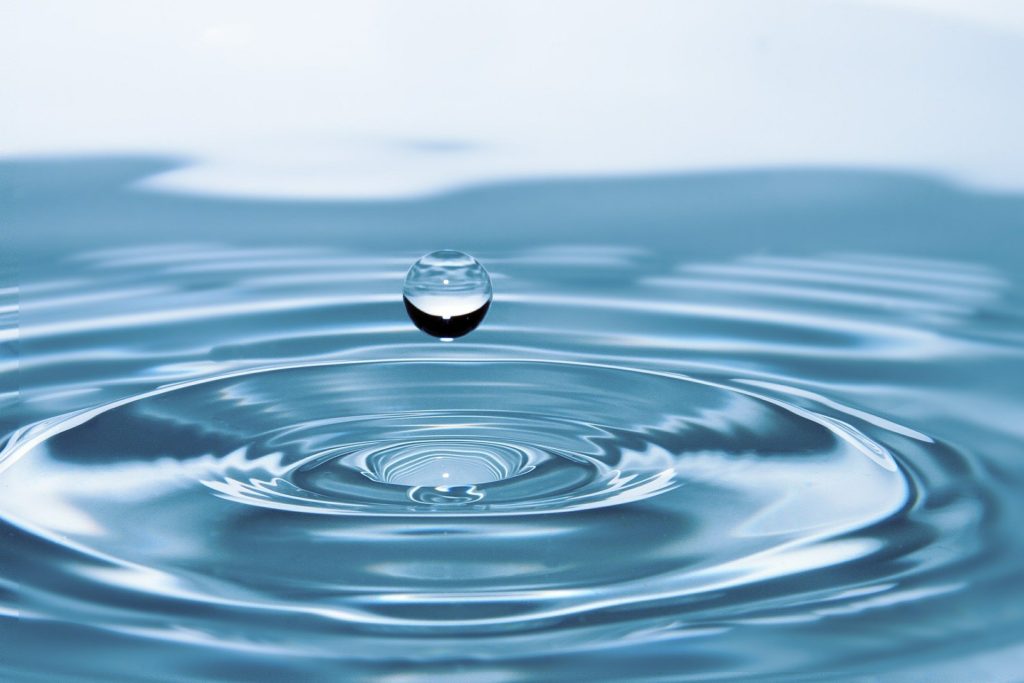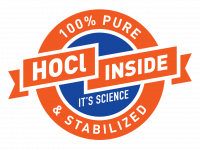Why is HOCl Sometimes Called Electrolyzed Water?

Sometime after the 1850s, it was discovered one could create a mix of freely available chlorine compounds by running electricity through a salty, watery solution. This solution came to be known as electrolyzed water (EW). EW is classified by its pH characteristic as either strong acid electrolyzed water, weak acid electrolyzed water, slightly acid electrolyzed water, neutralized electrolyzed water, slightly basic electrolyzed water, or strong basic electrolyzed water. During the last several decades, many studies have been conducted with the various types of EW to determine their individual germ-killing abilities on various bacteria, fungi, and viruses. Acidic EW has been found to have strong germ-killing ability, and it is now commonly used to kill germs for many applications, particularly in the medical, dental, eye care, personal hygiene, agriculture, and food processing sectors.
Three chlorine compounds are available in EW, and they include Cl2, HOCl, and OCl. Various studies have shown that it is the HOCl within the EW which is the most effective of the chlorine compounds at killing germs. One study found that an acidic EW and HOCl solution at identical pH values killed harmful bacteria virtually identically. They concluded the ability of acidic EW to kill germs was correlated with the concentration of hypochlorous acid (HOCl) within it. As one reads through various research, the terms HOCl and acidic EW are used interchangeably, as it has become widely recognized that it is the high concentration of unreacted HOCl chlorine, within the acidic EW, that is almost exclusively responsible for the solution’s germ-killing effectiveness.
To learn more about the relationship between HOCl and electrolyzed water, click here.
